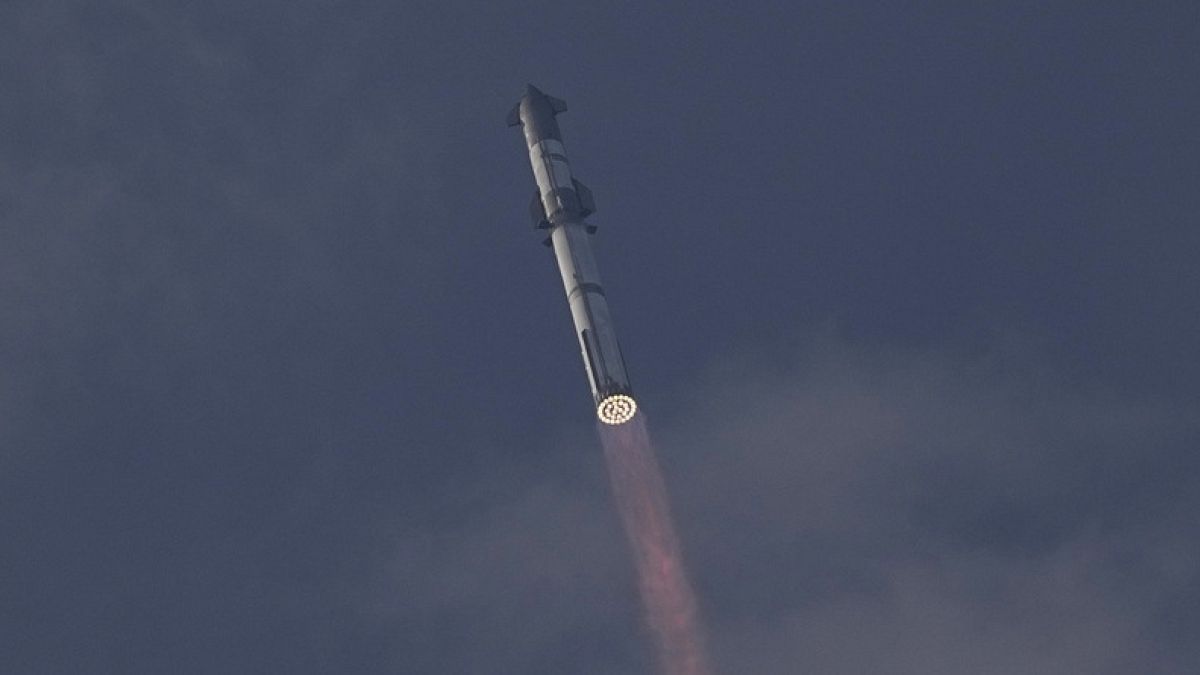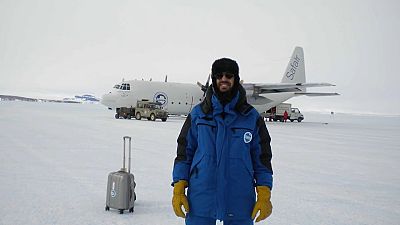The rocket and futuristic-looking spacecraft towers 121 metres, easily exceeding NASA’s past and present moon rockets.
SpaceX’s mega rocket blasted off on another test flight on Thursday, aiming to make it halfway around the world.
But while it made it further than two previous attempts, it was lost as it descended back to Earth.
Starship, the biggest and most powerful rocket ever built, soared from the southern tip of Texas near the Mexican border and headed out over the Gulf of Mexico. No people or satellites were on board.
Minutes later, the booster separated seamlessly from the spaceship and splashed down into the gulf.
The spacecraft continued on its flight eastward, reaching an altitude of 160 kilometres and approaching orbital speed - outperforming the previous attempts.
The first two flights last year lasted mere minutes before blowing up over the Gulf of Mexico.
The rocket and futuristic-looking spacecraft towers 121 metres, easily exceeding NASA’s past and present moon rockets.
SpaceX CEO Elon Musk was shooting for an hour-long flight on the latest demo, with the Indian Ocean as the spacecraft’s finish line or splashdown.
He noted that the company made thousands of upgrades and fixes to improve the odds.
The re-entry of the rocket into the Earth's atmosphere was initially going smoothly, but mission control subsequently lost signal.
About one hour into the flight, SpaceX's livestream announced contact with Starship was lost and the rocket wouldn't be completing the intended splashdown.
"No splashdown today, but it's incredible to see how much further we got this time around," said Dan Huot of SpaceX.
NASA watched with keen interest: the space agency needs Starship to succeed in order to land astronauts on the moon in the next two or so years.
This new crop of moonwalkers - the first since last century’s Apollo programme - will descend to the lunar surface in a Starship, at least the first couple of times.



